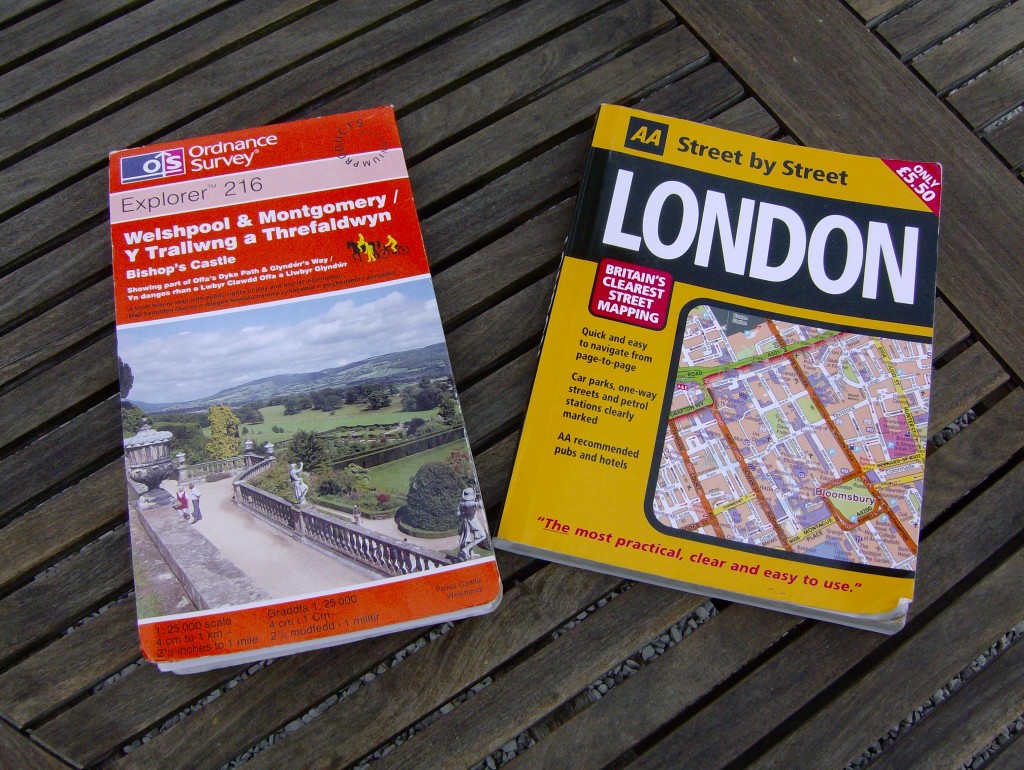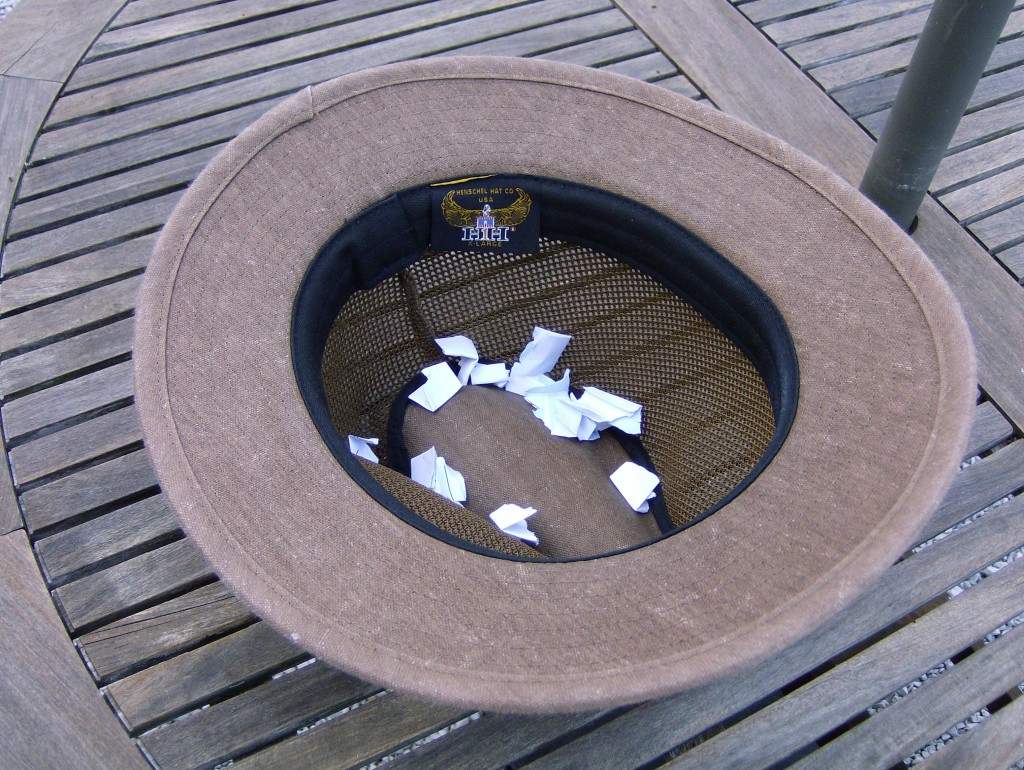On a dérive one or more persons drop their relations, their work and leisure activities, and all their other usual motives for movement and action, and let themselves be drawn by the attractions of the terrain and the encounters they find there.
Guy Debord – Theory of the Dérive, Internationale Situationniste No. 2
Two swans in front of his eyes
Coloured balls in front of his eyes
It’s number one for his Kelly’s eye
Treble-six right over his eye
A big shot’s voice in his ears
Worlds of silence in his ears
All the numbers account for years
Checks the cards through eyes of tears
Bingo-Master’s Breakout!
Mark E Smith – Bingo-Master’s Breakout
Why Play?
A Psychogeographic Bingo Dérive is a way of exploring an area in which one’s starting point, route and destination are all left in the hands of serendipity. It is a game that ensures we remove all of our usual motivations for taking a walk, such getting to work or visiting the shops, and replace them with the simple act of drifting through an urban or rural landscape.
The course of a walk decided by Psychogeographic Bingo does not follow the usual routes as defined by planners, public authorities, landowners or commercial concerns. Indeed, one’s journey will appear to follow no conventionally accepted logic at all. However, the idea is that one walks between a series of points selected at random and that one improvises the actual route during the course of the journey, responding to the ways the nature of terrain one encounters seems to demand.
In doing so we drift without expectation or motivation and open ourselves up to a new way of experiencing the landscape and the feelings its sensations produce within us. We make new links; we connect places we might otherwise have never conceived as having a relationship with each other. We explore beyond the permitted ways.
How to Play
1. Take a map such as an OS Explorer series map for a rural or liminal urban area, or a street map for a city.
2. Draw on your map or overlay a frame to define the approximate area you wish to explore. You need to have in mind how much time you have and what kind of distance you wish to walk. In my trial run I used a section of OS Explorer 216, Welshpool & Montgomery.
3. Select at random a number of points within your framed area. Around fifty will give you quite a good spread of these reference points. In a city the random points can be things like streets, public buildings or bridges, whilst in the countryside one might select a hill, a village, a farm or an industrial estate. If you can, get someone who is not taking part in the dérive to make this random selection; I employed my youngest daughter. Alternatively you can close your eyes and use a pin; after making a full risk assessment, obviously!
4. Give each reference point a number, 1 to 50, and list them. Then put each number on a small piece of paper and fold each one.
5. This next bit is really important and should not be deviated from in any way! Put all of the pieces of paper into a hat; not a cap or a bowl, but a hat. Now select a number of pieces from the hat; say ten for a walk of two or three hours. These were mine from our trial run:
· Leighton Bridge – SJ236070
· Welshpool Museum – SJ227075
· Buttington Cross – SJ242089
· Brynfa Farm – SJ226088
· Round Pool – SJ208059
· Ladies Mount – SJ213064
· The Smithy – SJ255089
· Belan Locks – SJ215053
· The Bungalow – SJ225093
· Old Hope Farm – SJ253075
6. Mark these ten points on your map and draw a straight line between each to join them up.
7. You are now ready to conduct your Psychogeographic Bingo Dérive. Choose any point at which to start and follow the straight lines as closely as you are able in order to reach each of your ten reference points in turn. Shouting Bingo! when you get to each one is optional.




This is fantastic. I look forward to the reportage. Cathy x
Thanks Cathy. Following a straight line from one point to another was a bit of a challenge, but you don’t have to be too slavish about it. I draw the line at walking through anyone’s garden!
Bobby,
More intriguing stuff from the Seal imagination! I vaguely remember from hanging out with Situationists in the late 1970s that a playful ‘drift’ technique was to use a map of one place to explore another. The paradoxical nature of using a map of Welshpool to explore Chester breaks the ‘relations’ down further.
It might be interesting to make a single map of all of the possible journeys between two non-places (after Marc Auge) like MacDonalds and Costa in different towns and cities without of course saying which route applies to which town/city.
Not quite enough imagination I’m afraid! Most of the psychogeographic games I and others come up with seem to be a rehash of Situationist ideas from the 1960s. Still, if it ain’t broke…
Bobby,
Keep on drifting and refuse to be tied down to any paradigm!
It is interesting that the tools of 1968 France still retain their value. They give a way of thinking about how to work outside the relentless urge of capitalism to steal its opponents clothes and institutionalise that dissent into new products.
The hacienda will be built!
Nice one Bobby. Perhaps it should be Bingo uh!
As a fellow Fall fan, you see through my attempts to introduce MES quotes at every opportunity!
I’m inspired to try it!
This is my result when trying to follow a straight line:
http://pkazil.free.fr/rline.html
And a totally different version of this idea:
http://uair01.blogspot.nl/2011/12/psychogeography-bingo.html
Combining this with your walk would make it extremely challenging.
Yes, our attempts at following a straight line look quite entertaining when plotted on a map! I like the two pieces you’ve linked to.
What a great idea. I’ve been looking for ways to construct more interesting longer-distance routes so I’ll give this a try over a day walk and then, maybe, a weekend hike. I’ll report back.
Thanks Sian. Can I just point people in the direction of your excellent blog too: http: //ramblanista.blogspot.co.uk/
I really should be more adventurous and do one of these sometime. Thanks for the incentive!
Thanks Diana – let us know how it goes!